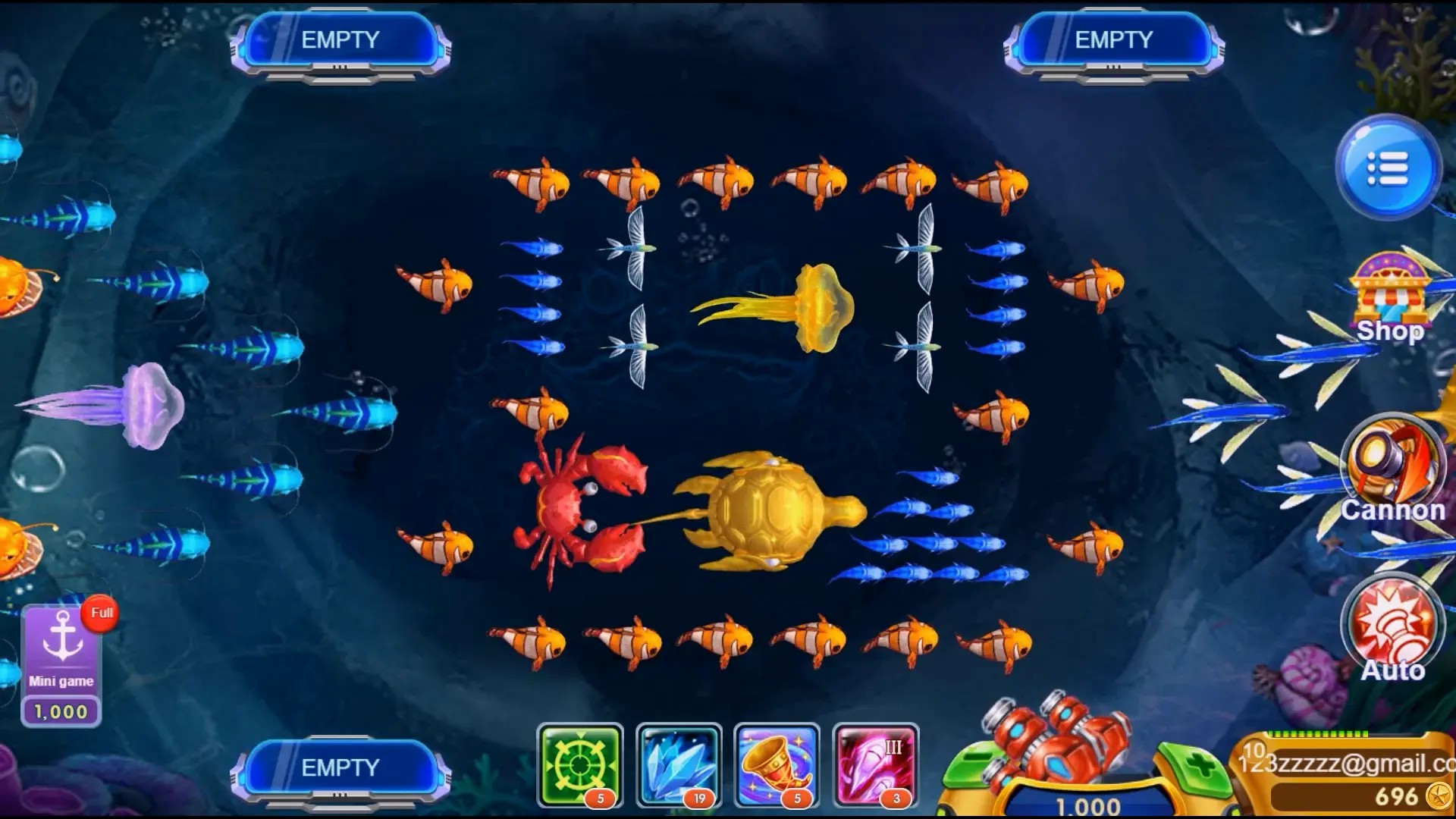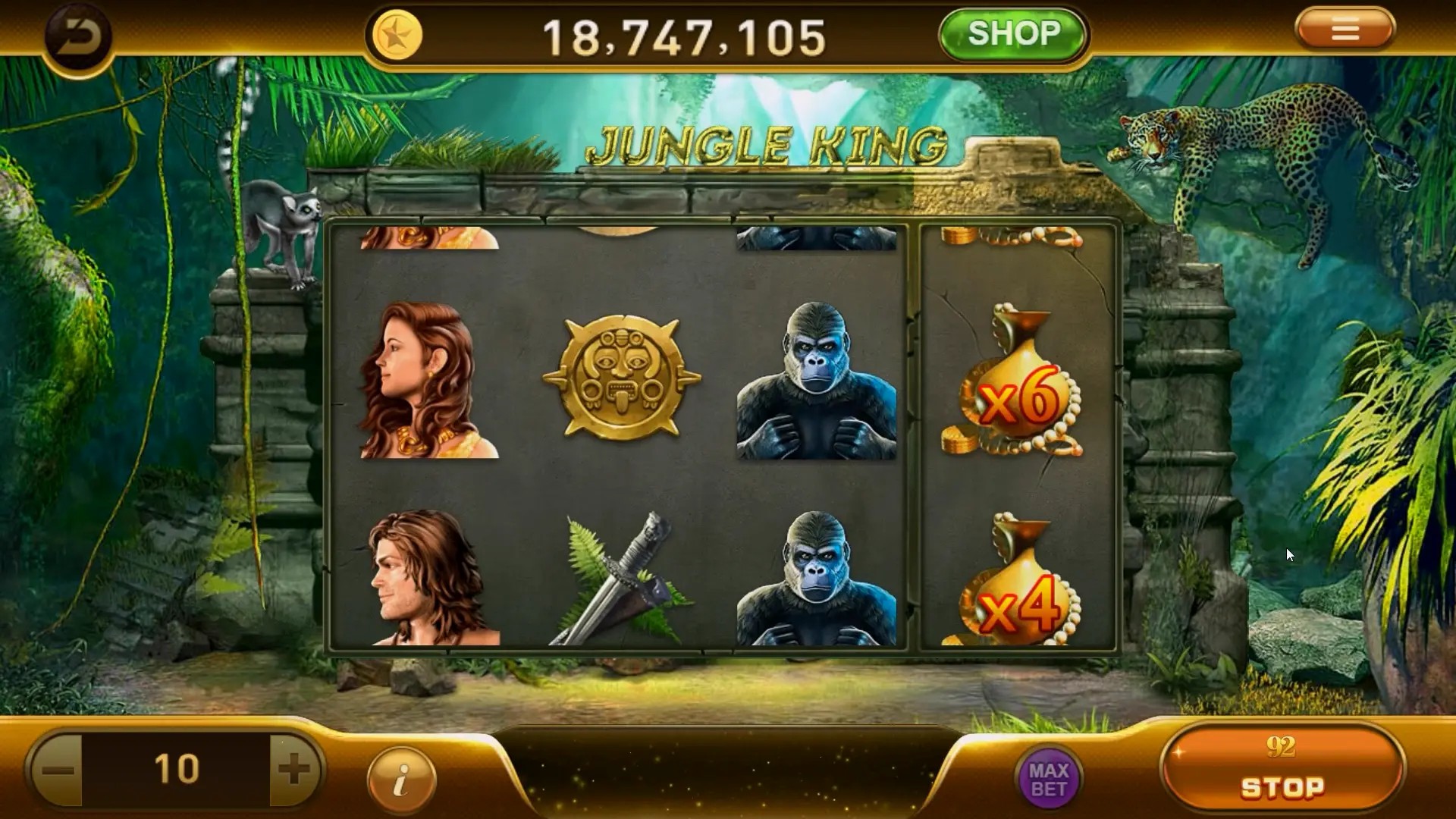Exploring Open World Games: Unleashing Learning Potential in Educational Games
Open world games have surged to popularity, catching the eye of gamers and educators alike. The allure lies not only in the freedom to explore vast landscapes but also in the potential these games hold for education. This article delves into how open world games can be harnessed as powerful educational tools, enhancing learning experiences in a way that traditional methods may fall short.
What Are Open World Games?
Open world games provide players with a unique environment where they can roam freely, often in expansive and interactive worlds. Unlike linear games that follow strict narratives, these games prioritize exploration and non-linear gameplay. Titles such as Grand Theft Auto and The Legend of Zelda: Breath of the Wild, offer players opportunities to complete missions at their own pace while uncovering secrets within the game’s universe.
- Freedom to Explore: Players can choose their paths.
- Dynamic Environments: The worlds are often filled with various activities.
- Immersive Storytelling: Players engage deeply with narrative elements.
Educational Games and Their Potential
Educational games, on the other hand, focus explicitly on facilitating learning through interactive experiences. With increasing access to technology in educational settings, the fusion of open world dynamics with educational objectives can create enriching experiences for students.
| Game Title | Learning Focus | Typical Age Group |
|---|---|---|
| Minecraft: Education Edition | Creativity, Collaboration | 6-18 |
| Kerbal Space Program | Aerodynamics, Physics | 10-25 |
| SimCityEDU | Civic Engagement, Strategy | 10-18 |
Blending Open World Concepts with Learning
Imagine an open world game designed to teach history, mathematics, or science! These games can turn theory into practice. Students can gather information, solve puzzles, build cities, or even recreate historical events while playing. The "X Clash of Clans," while primarily a strategic game, hints at elements that could inspire educational tools. Players could manage resources, strategize teamwork, and learn about real-world economics through gameplay.
Key Learning Opportunities Available in Open World Games
- Collaboration: Multiplayer modes present chances for students to work together.
- Critical Thinking: Players must navigate complex challenges and develop strategies.
- Engagement: The immersive nature keeps students interested and motivated.
How to Implement Open World Educational Games in Classrooms
Incorporating these games into the curriculum isn't as daunting as it might seem. Here are several strategies:
- Define Clear Objectives: Establish the educational goals you want to achieve.
- Select Appropriate Games: Choose games that align with these objectives.
- Encourage Reflection: Allow students to discuss and reflect on their gameplay and what they’ve learned.
For instance, a game that replicates historical battles can be used to teach about strategy and consequence. The immersive environment allows for discussions around tactics used, motivations of leaders, and the impact of these events on today’s world.
Conclusion
In conclusion, the marriage of open world games with educational purposes presents rich potential for fostering engagement and enhancing learning. As players navigate through expansive universes, whether in the delightful chaos of a game like "X Clash of Clans" or a structured educational environment, they learn valuable skills and concepts. Harnessing this potential could be a game changer in traditional education, and as technology evolves, the possibilities remain endless. Embrace the chance to turn gaming into a conduit for learning; after all, education should be just as engaging as an adventure.



